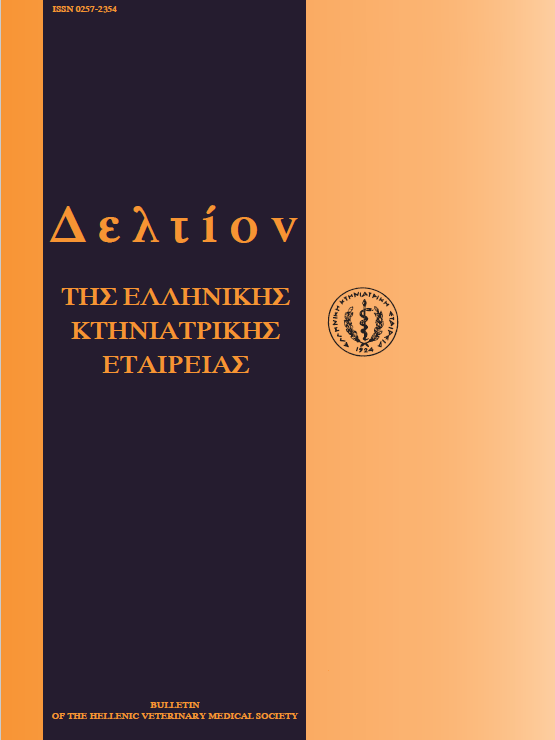Common non infectious skin conditions of laboratory mice and rats
Abstract
Laboratory mice and rats are the most favourite animals of the researchers all over the world. Sometimes these rodents can show a number of non infectious conditions concerning their hair, skin or legs and tail. These can be alopecia, bite wounds or the shedding of their legs or tail. It is important that ordinarily there is not a pathological cause for these conditions. It is believed that the social behaviour and the enviromental conditions of the animals may play a role. Fortunately, these cases are easily encountered and so, healthy animals are ensured for every reliable research.
Article Details
- How to Cite
-
GOURTSAS (K.I. ΓΚΟΥΡΤΣΑΣ) K. I. (2018). Common non infectious skin conditions of laboratory mice and rats. Journal of the Hellenic Veterinary Medical Society, 50(1), 11–14. https://doi.org/10.12681/jhvms.15693
- Issue
- Vol. 50 No. 1 (1999)
- Section
- Review Articles

This work is licensed under a Creative Commons Attribution-NonCommercial 4.0 International License.
Authors who publish with this journal agree to the following terms:
· Authors retain copyright and grant the journal right of first publication with the work simultaneously licensed under a Creative Commons Attribution Non-Commercial License that allows others to share the work with an acknowledgement of the work's authorship and initial publication in this journal.
· Authors are able to enter into separate, additional contractual arrangements for the non-exclusive distribution of the journal's published version of the work (e.g. post it to an institutional repository or publish it in a book), with an acknowledgement of its initial publication in this journal.
· Authors are permitted and encouraged to post their work online (preferably in institutional repositories or on their website) prior to and during the submission process, as it can lead to productive exchanges, as well as earlier and greater citation of published work.



